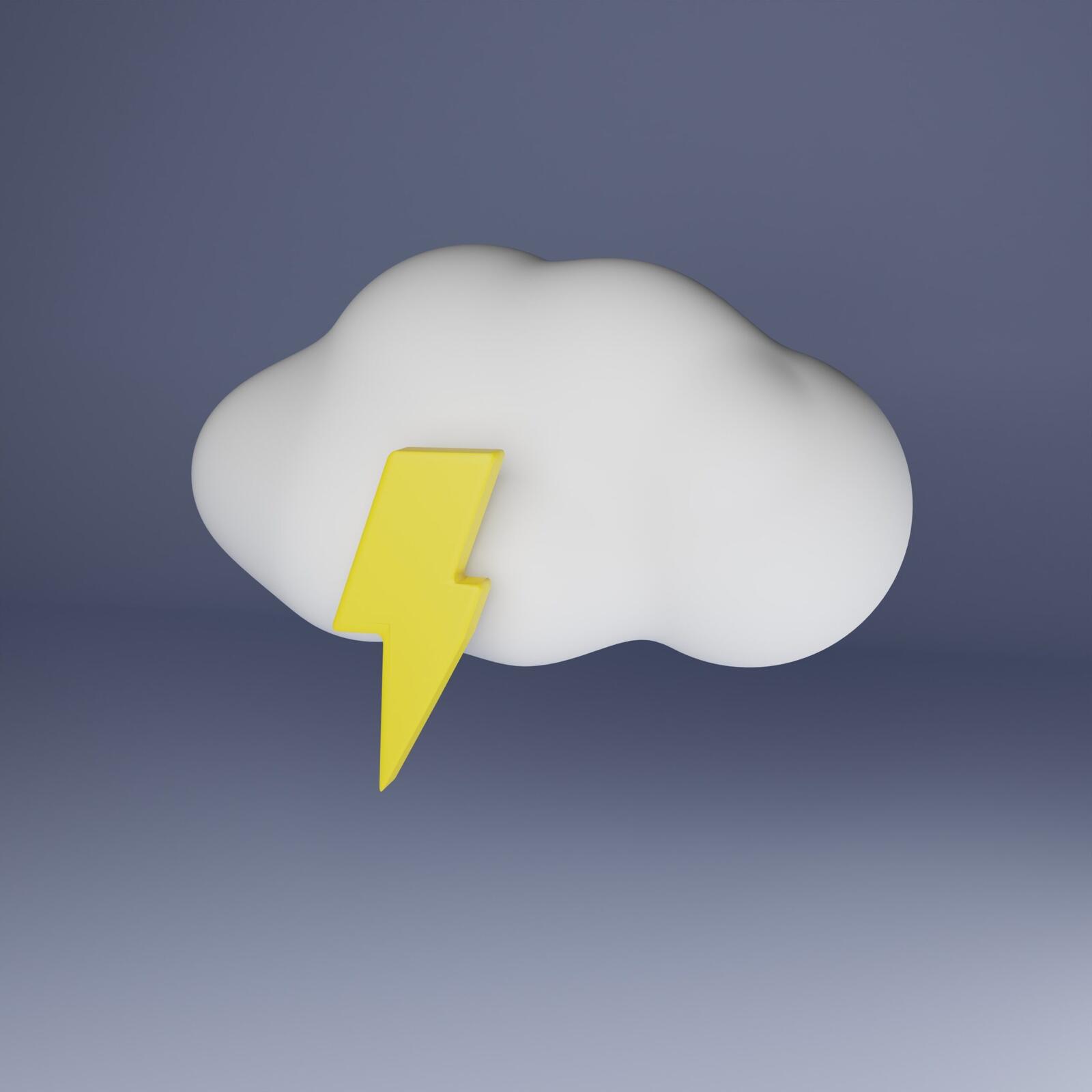Weather forecasting has been a part of how we plan and go about our lives for centuries. Forecasting dates to 650 BC and the inventions and technologies used to help with this have advanced greatly. Across industries and regions, different technologies today are being used.
How Is Sencrop Enhancing Weather Predictions for UK Farmers?
Sencrop, a weather forecasting technology provider, has recently launched three innovative features for UK subscribers, aiming to offer more precise and reliable forecasting. Mark Herriman, UK B2B manager at Sencrop, explains, “Weather forecasts are essential for farm work planning and anticipating weather and disease risks.”
The updates include a forecast comparator, model ranking, and tailored forecasting using both weather models and local Sencrop weather stations. These features integrate data from over 35,000 weather stations, utilising machine learning for enhanced accuracy.
What Are Next-Generation Forecast Workstations Offering?
Next-generation forecast workstations represent a major advancement in weather prediction. These workstations assimilate vast observational data and numerical weather prediction (NWP) output, employing new visualisation and processing techniques. They also incorporate sophisticated nowcasting systems, offering prognostic information up to six hours ahead.
These technological advances, including XML, CAP, and RSS, enable National Meteorological and Hydrological Services (NMHSs) to leverage telecommunication networks for improved public weather services.
How Is AI Transforming Weather Forecasting?
Google DeepMind’s AI-powered weather forecasting model, GraphCast, is setting new standards in the field. GraphCast promises more accurate forecasts up to 10 days in advance, surpassing traditional methods like the High Resolution Forecast (HRES).
It offers earlier warnings for extreme weather events, demonstrated by its accurate prediction of Hurricane Lee’s landfall in eastern Canada. Trained on four decades of weather data, GraphCast completes a 10-day forecast in less than 60 seconds, a significant advancement over traditional models.
More from News
- How Meta Is Helping The UK Government With Public Services
- Recent Studies Show The Mental Health Risks Of AI Therapy Choices
- How Did A Fake AI-Generated Band Fool Thousands Of Listeners?
- What Influences Bitcoin Prices And Fluctuations?
- World’s First AI Chef To Come This September. Here’s How It Works
- Microsoft Who? Nvidia Has Officially Become the First Company to Surpass a $4 Trillion Market Cap
- Are AI Startups Investing In Teachers Learning AI A Good Move For Education?
- Can a Robot Really Perform Surgery Without Human Help?
What Is the “Quiet Revolution” in Meteorology?
The meteorological field is undergoing a “quiet revolution,” marked by steady improvements in weather forecasting. Today’s 6-day forecasts are as accurate as the 3-day forecasts from 30 years ago, largely due to advancements in AI.
AI systems on desktop computers can now produce 10-day forecasts quickly and accurately, reducing the reliance on energy-intensive supercomputers. Maria Molina, an AI-focused research meteorologist, highlights the excitement in generating skillful global predictions cheaply.
How Are Tech Giants Contributing to This Evolution?
Major tech companies like Google DeepMind and Huawei are at the forefront of this revolution, developing AI models like GraphCast and Pangu-Weather. These models leverage deep learning to identify atmospheric patterns, providing accurate forecasts faster than traditional methods.
Google’s short-term AI weather model, for instance, produces highly accurate 24-hour predictions. The rapid progress in AI-driven weather prediction, once thought infeasible, underscores the technological advancements in the field.
What’s Still to Come for AI in Weather Forecasting?
The future of AI in weather forecasting looks promising, with the techniques moving away from just prediction. AI models could assist high-resolution climate models on ultrafast machines, creating emulators to run these models much faster.
Ensemble forecasts, a technique to capture uncertainty, are the next frontier for AI in meteorology. Christopher Bretherton, an atmospheric scientist, notes the potential for AI to contribute to climate change research and mitigation efforts.
Are Traditional Weather Models Becoming Obsolete?
Despite the advancements in AI, traditional weather models are not expected to become obsolete anytime soon. There is a growing acknowledgment that AI can be a useful complement to traditional methods. Matthew Chantry, who coordinates ECMWF’s AI work, points out that while there is unease about the black-box nature of AI, traditional models also possess a degree of complexity. The acceptance of AI in weather forecasting will ultimately depend on its accuracy and the user’s preference.



